Washed coffee is a unique and flavorful variant of the classic beverage, and we think it’s about time you gave it a try. Read on to find out more.
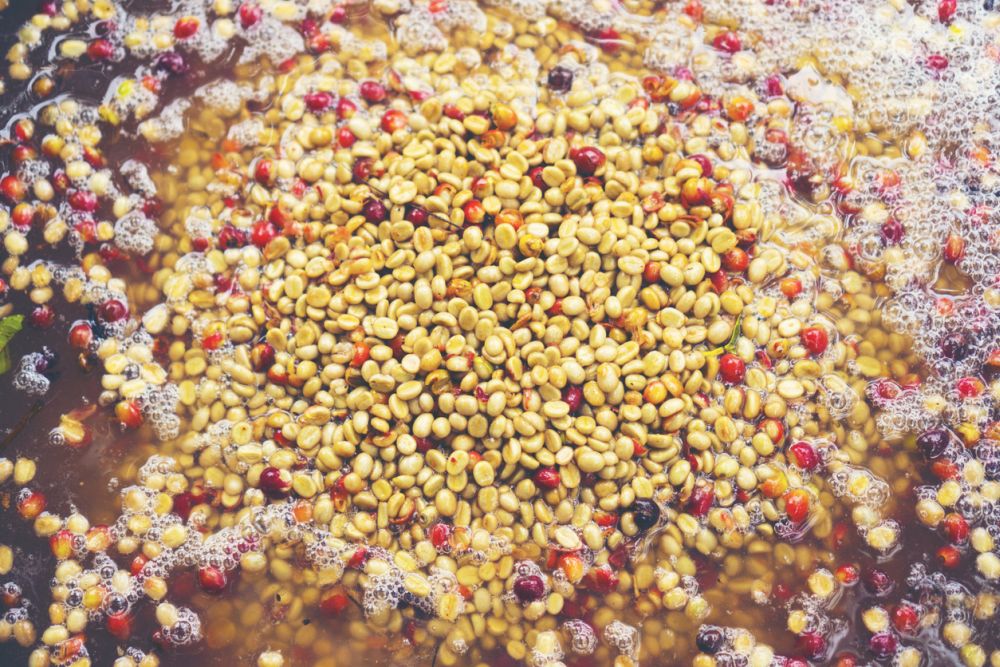
Delicious, freshly brewed coffee is a staple of mornings around the world. And it goes through many steps before finally ending up in your daily cup. One of those steps is called washing.
While it’s not a mandatory process, some consider washing essential for the final flavor of the coffee.
This article teaches you everything you need to know about washed coffee: what it is, how the coffee-washing process works, a summary and detailed version of how coffee is washed, and the key differences between washed and natural coffee.
Table of Contents
- What is washed coffee?
- How coffee-washing works
- How coffee is washed (summary)
- How coffee is washed (detailed)
- Washed coffee vs. natural coffee: 5 key differences
- FAQ
- Closing thoughts
Let’s start with the washed coffee definition.
What Is Washed Coffee?
Washed coffee is coffee beans that have been soaked in water shortly after being harvested, which helps to remove any impurities.
The coffee-washing process balances coffee acidity. It may also result in a cleaner, brighter flavor of coffee beans. These two reasons are why many coffee aficionados believe that washing coffee beans creates a more enjoyable cup of coffee.
In the next section, find out more about how the coffee-washing process works.
How Coffee-Washing Works
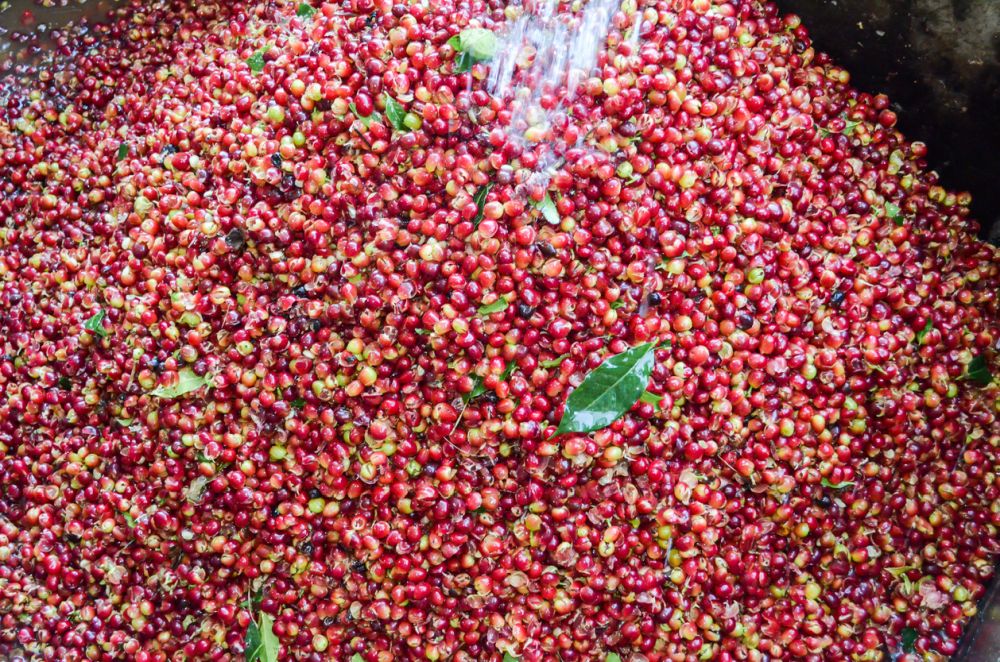
Coffee trees grow high in the mountains and produce small edible fruits called coffee cherries, which are either bright red or purple. And each coffee cherry contains two seeds, which are essentially raw coffee beans.
The coffee cherry is made up of several components: outer skin, pulp, mucilage, parchment, silver skin, and green coffee beans.
It’s crucial to extensively process coffee cherries so that they become the roasted coffee beans you buy from your local coffee shop. This process involves removing the outer layers until only the coffee seeds are left.
When it comes to removing the outer layers of coffee cherries, there are two types of processes that can be used:
- Natural (dry) process, which dries the coffee beans within the cherry and eliminates the dried pulp.
- Washed (wet) process, which dries coffee beans without the cherry. The coffee beans are then de-pulped and fermented to help eliminate any residual pectin left on the coffee beans. Finally, the coffee beans are washed completely.
In the next section, check out a summary of how coffee is washed.
How Coffee Is Washed (Summary)
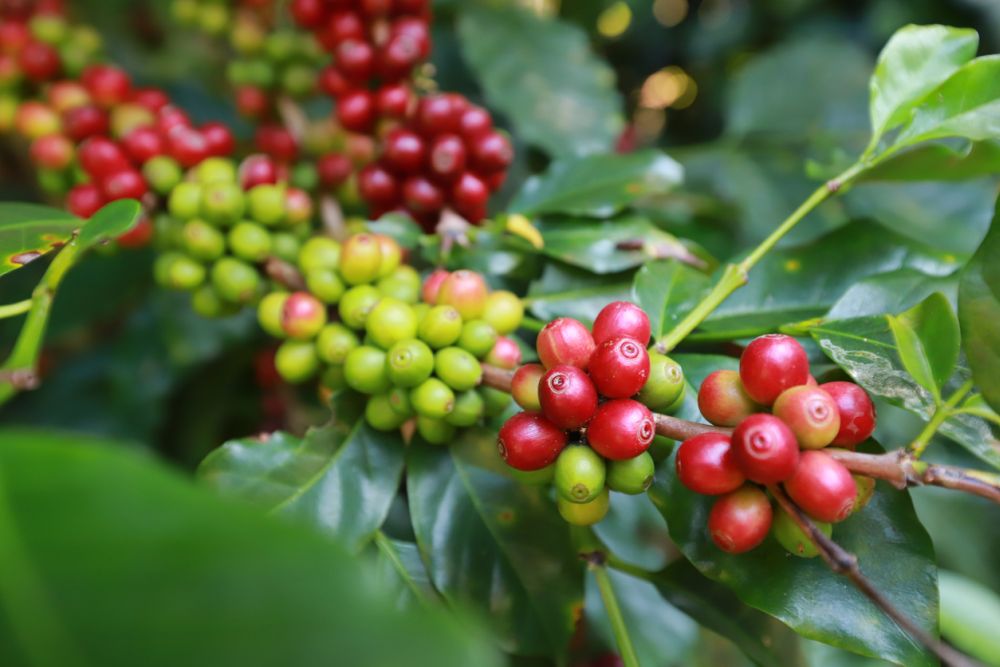
From harvesting to roasting, coffee cherries go through several steps before ending up in your coffee cup.
Here is an elementary explanation of how the washed (wet) process is involved in coffee-washing:
- The coffee cherries are harvested and collected by farmers from the country in which they grow.
- Next, the coffee cherries and sorted by size. While sorting, the smaller beans are selected for espresso and the larger ones for regular coffee.
- In the following step, the coffee cherries are de-pulped to remove the outer layers and reach the green coffee beans (one or two).
- Next comes the coffee bean fermentation process, which is key to developing many of the flavors we enjoy in our morning cup of joe. It also makes it possible to remove any leftover fruit sugars.
- What follows is the drying process. In the natural (dry) process, the coffee beans are placed on raised beds and directly dried in the sun. However, in the washed (wet) process, the beans are soaked in water for several hours before drying in the sun or using a drying device.
- Once the coffee beans are dry, they are sorted one last time to remove any defective beans.
- In the final step, the quality coffee beans are roasted and ground into coffee powder.
After all these steps, the coffee beans can be packed and delivered to a distributor or put up for sale directly.
It’s important to note that the natural (dry) process skips all methods that involve water.
In the next section, check out a detailed version of how coffee is washed.
How Coffee Is Washed (Detailed)
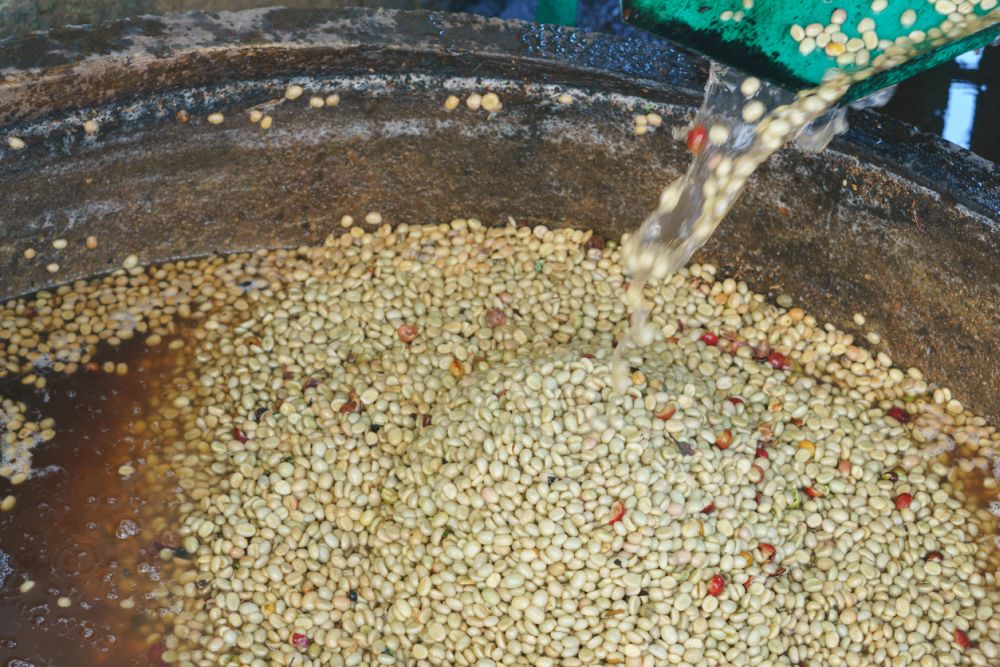
Let’s break down each important step mentioned in the previous section, starting with collecting the coffee cherries:
1. Harvesting and Collecting the Coffee Cherries
The first step in creating washed coffee is harvesting and collecting the coffee cherries.
Coffee cherries are usually harvested in two ways:
- All at once, which is cheaper and faster.
- Over the course of several harvesting sessions, so the coffee cherries are harvested only when they are fully ripe (bright red or purple).
Farmers load huge bags or baskets with the coffee cherries and carry them to a place prepared for sorting, This place is usually close to the point of harvest, such as the bottom of the mountain.
In the next section, discover everything about sorting the coffee cherries.
2. Sorting the Coffee Cherries
The second step in creating washed coffee is sorting the coffee cherries. Here’s what you need to know about this sorting process:
- The ripe coffee cherries are selected for roasting. Meanwhile, the unripe, overripe, damaged ones as well as the beans with defects are eliminated.
- Sorting is done by hand by specialty producers experienced in quickly identifying sub-par coffee beans.
- When the beans are sorted, they are placed in large water tanks so that floater beans can be more easily separated; higher-quality coffee cherries are denser and sink, while poorly developed coffee cherries contain air pockets and float.
- As for the defective coffee, it’s usually separated and sold in different lots, significantly cheaper, and targeted for diverse markets.
- Defective coffee beans are often used to make the low-quality coffee you see in supermarkets. They are already ground, so you can’t notice the bean quality.
In the next section, find out how depulping the coffee beans works.
3. Depulping the Coffee Beans
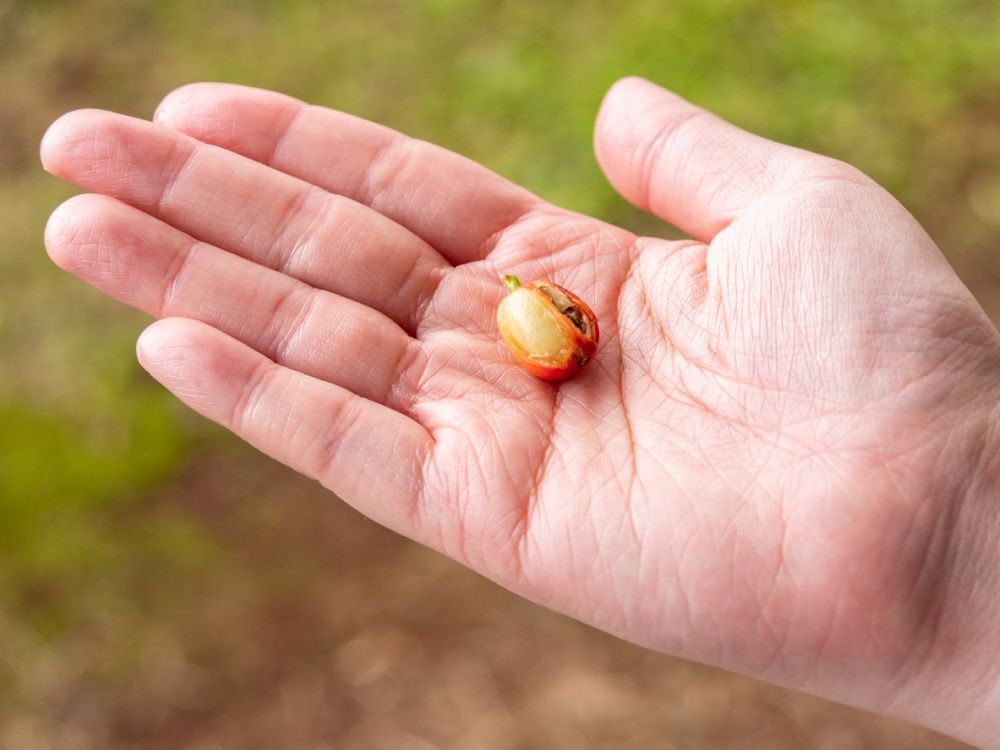
The third step in creating washed coffee is depulping the coffee beans. Here’s what you need to know about this depulping process:
- After sorting the coffee cherries, they are sent to a specialized machine called a depulper to have their outer layers removed (bright red or purple skin).
- Just like in the sorting stage we mentioned in the previous section, the coffee beans are again sorted using water tanks, where the sinking beans are kept and the floating ones are discarded.
- The coffee beans are also sorted with a sieve to remove additional pulp and skin.
In the next section, find out what’s involved in the bean fermentation process.
4. Fermenting the Coffee Beans
The fourth step in creating washed coffee is fermenting the coffee beans.
The fermentation stage is crucial since it must compensate for the lack of pulp and skin that the coffee beans would otherwise have if they were unwashed.
Coffee beans are placed in large water tanks, where they sit for 18 to 24 hours. It’s essential to stick to this time frame. Otherwise, if the coffee beans are fermented for too long, this will have a negative effect on the coffee flavor. On the other hand, if the beans are not sufficiently fermented, this won’t the mucilage residue from the coffee beans.
Coffee-manufacturing countries may have other coffee fermentation methods. For instance, Kenyan farmers must subject the coffee beans to a double-fermentation process.
In the next section, find out how the coffee beans dry.
5. Drying the Coffee Beans
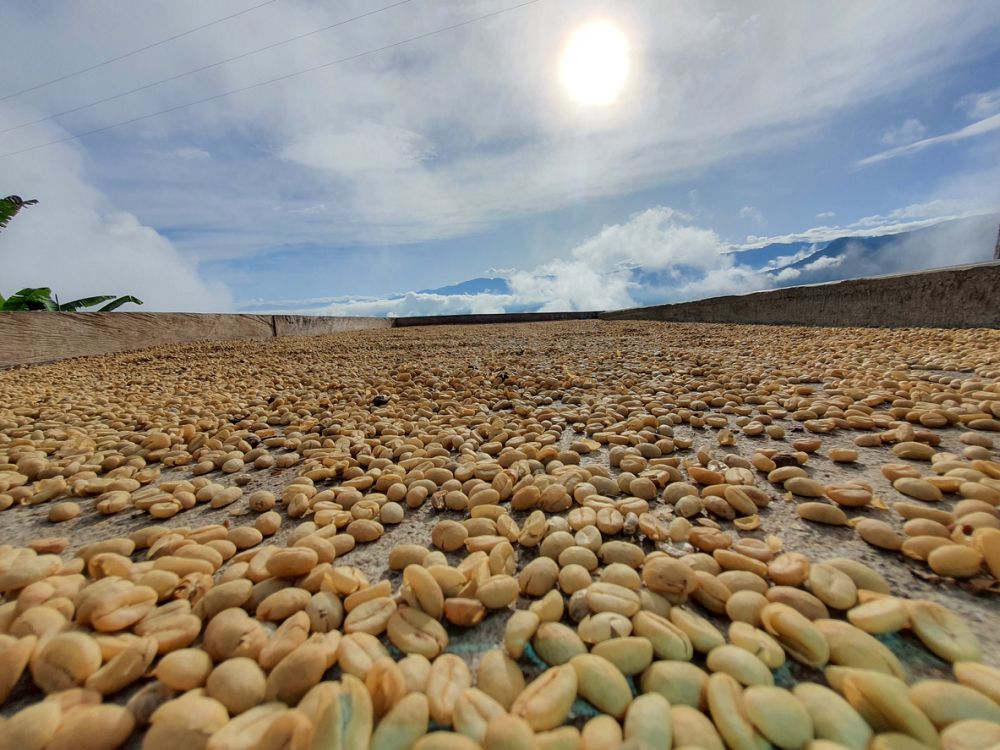
The fifth step in creating washed coffee is drying the coffee beans.
Drying the coffee beans is the final stage of the washed coffee process. It’s meant to remove all water from the beans, to safely store and roast them.
To dry coffee beans means to thoroughly rinse and then place them on raised beds in the sun or in sizeable mechanical drying machines. These drying machines keep hot air in circulation to speed up the drying process. The drying method depends on the region’s climate and manufacturer’s resources.
It’s essential for the coffee beans to dry evenly to prevent mold growth and any strange flavors.
In the next section, learn about the final sorting of the beans.
6. The Final Sorting of Coffee Beans
The sixth step in creating washed coffee is sorting the coffee beans one last time.
After the beans are dry, farmers will sort them one last time to ensure that only the top-quality beans will be used to make high-quality coffee. Faulty beans are set aside and discarded.
In the next section, find out about coffee bean roasting.
7. Roasting the Coffee Beans
The seventh and final step in creating washed coffee is roasting the coffee beans.
After the last sorting phase is complete, the coffee beans are roasted, ground, and turned into your favorite morning beverage.
In the next section, learn about the key differences between washed and natural coffee.
Washed Coffee vs. Natural Coffee: 5 Key Differences
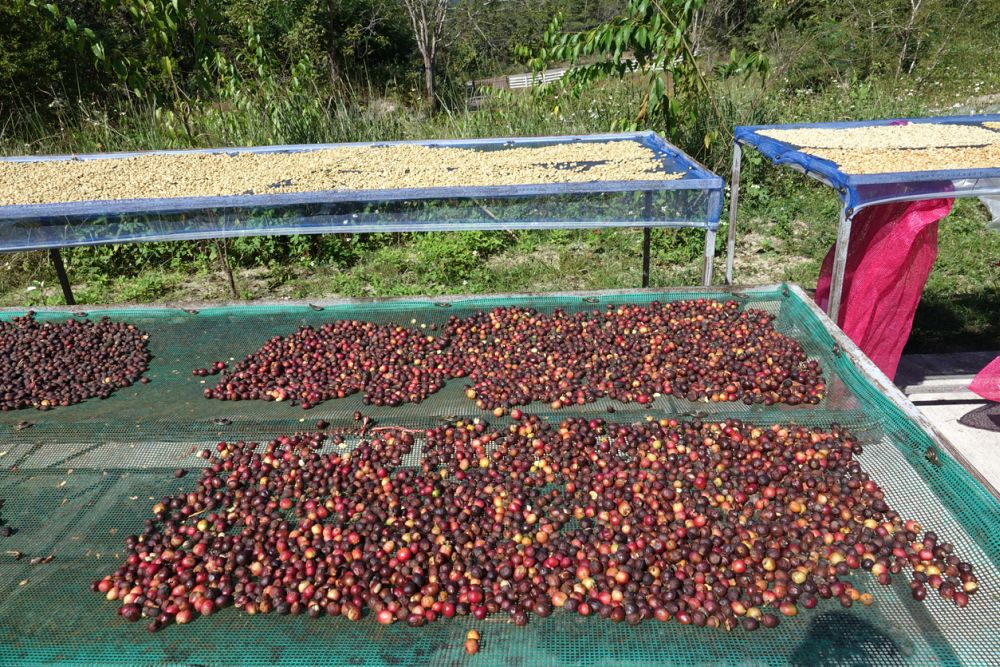
There are key differences between washed and natural coffee: taste, premium vs low-cost coffee, regional limitations, quality consistency, and water use and environmental impact.
Let’s start with taste.
1. Taste
One of the differences between washed coffee and natural coffee is the taste.
Washed coffee doesn’t necessarily taste better than normal coffee. But it’s different.
In normal coffee, coffee beans still have mucilage. As the beans ferment, the natural sugar imprint onto the beans themselves, eventually making its way into the final brew.
Since the process involved in washed coffee strips away all mucilage from the start, the coffee bean flavor can’t be changed. So what you taste every time you take a sip from your coffee represents all flavors associated with the bean’s origins and growing conditions.
Washed coffee typically has brighter acidity and cleaner flavors than unwashed coffee. It also tends to be less complex, with fewer fruity notes. So many coffee roasters prefer using washed coffees in their blends. On the other hand, some specialty roasters prefer unwashed coffees for their unique flavor profiles.
So as far as taste is concerned, it depends on the preferences of the coffee roaster.
In the next section, check out premium vs. low-cost coffee.
2. Premium vs. Low-Cost Coffee

Another difference between washed and natural coffee is the preference for premium or low-cost coffee.
Manufacturers of specialty and premium coffee usually go with the washed method because the coffee flavor is unchanged, as discussed in the previous section. This way, customers will be able to feel all the subtle aspects of high-quality coffee.
Most average and low-cost coffee manufacturers stick to the unwashed, natural processing method since it’s faster and cheaper. Also, the fermentation stage helps to hide part of the unpleasant flavors of lower-quality coffee beans. It’s somewhat similar to how many coffee manufacturers use darker roasts to hide the flavors of low-quality coffee, while others use light roasts to showcase just how good the coffee is in its natural form.
So as far as premium and low-cost coffee go, washed coffee is better than natural coffee.
In the next section, check out regional limitations.
3. Regional Limitations
When comparing natural to washed coffee, regional limitations play a key role since it’s more challenging to create natural coffee, while washed coffee has no restrictions in this regard.
Farmers from countries like Guatemala or Ethiopia with relatively moist weather throughout the year and plenty of rainfall have poor chances of using the normal (dry) method and almost always deliver natural coffee. It’s because the conditions there make it difficult to wash the coffee beans. And they don’t have a place for safely storing the coffee beans without having them ferment, which would ruin the beans.
Washed coffee is more common in Central and South America because the growing conditions are more conducive to washing the beans.
So as far as regional limitations go, washed coffee is better than natural coffee.
In the next section, check out quality consistency.
4. Quality Consistency
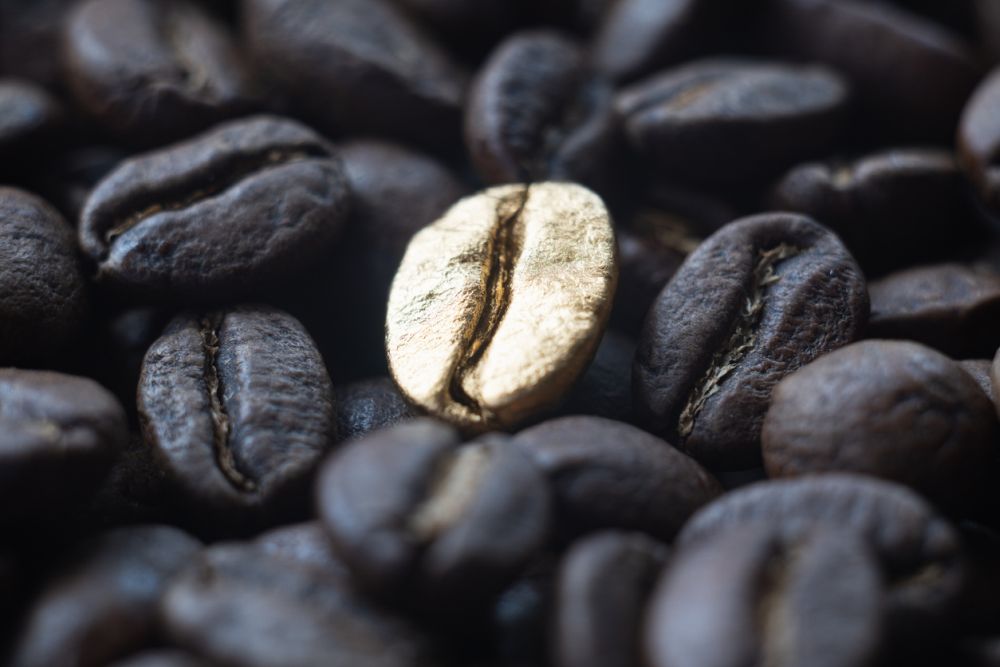
Natural and washed coffee are different as far as quality goes. Simply put, washed coffee is superior.
When you’re a prominent coffee manufacturer, the key to maintaining a good reputation is ensuring that your product is always up to standard. So every batch of coffee must meet certain requirements when it comes to taste and quality.
Many premium coffee roasters prefer washed coffee since it’s easier to control the resulting coffee beans, thanks to the lack of uncontrolled fermentation.
Natural coffee involves long-lasting fermentation, even during the drying phase, leading to unpredictable flavors. It’s simply too risky to produce natural coffee when you have a reputation to defend.
So as far as quality consistency goes, washed coffee is better than natural coffee.
In the next section, check out water use and environmental impact.
5. Water Use and Environmental Impact
The way water is used by natural and washed coffee impacts the environment.
A drawback of washed coffee is that the fermentation phase uses a lot of water. It’s a serious issue in regions with freshwater shortages, poor water infrastructure, or inferior resources. Unfortunately, it’s the case of most coffee-growing countries.
For instance, the Kenyan coffee we mentioned in an earlier section falls in this category since it uses twice the amount of water, due to the double-fermentation process.
Natural coffee has zero impact on the environment as far as water usage is concerned.
So as far as water use and environmental impact go, natural coffee is better than washed coffee.
The following section provides additional information about washed coffee.
FAQ
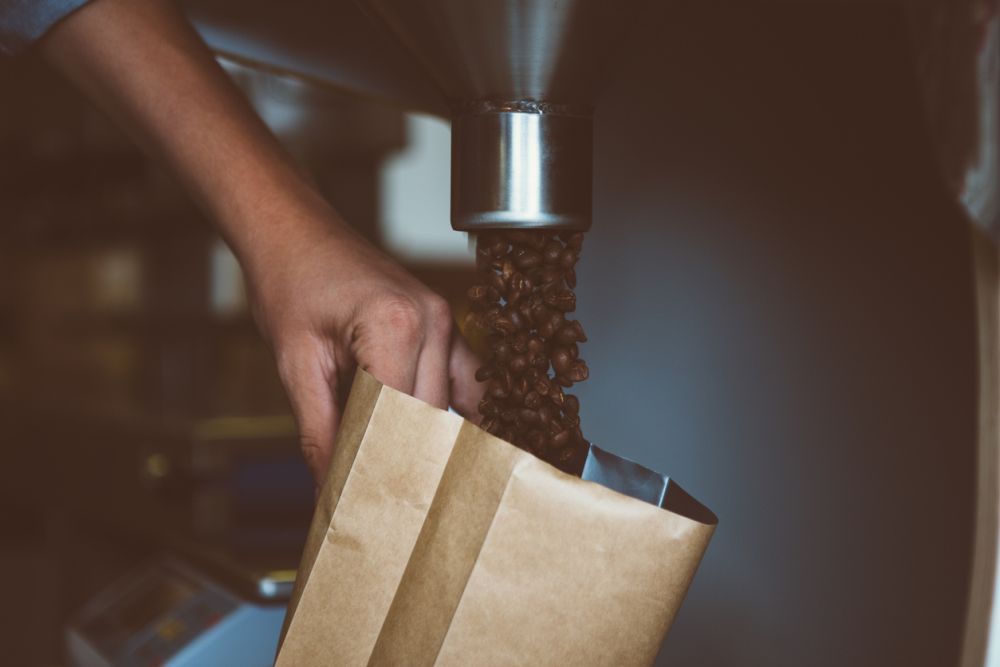
This section gives you simple answers to common questions about washed coffee.
Is washed coffee better?
Yes, washed coffee is better than natural coffee because the coffee bean flavor is preserved in the washing process and not masked by fermentation. Also, coffee-washing gives coffee roasters better control over the quality of the resulting coffee.
What’s the difference between washed and unwashed coffee?
There are many differences between washed and unwashed coffee: taste, the preference for premium quality or minimal expenses, regional limitations, quality consistency, and water usage and environmental impact.
What does washed coffee taste like?
Washed coffee preserves all the original, subtle flavors of the coffee bean, so it depends on the bean origin. For example, high-quality Arabica beans have a very bright taste, and it’s easy to detect the floral and fruity notes. Meanwhile, washed Robusta beans have a more subdued taste and less acidity.
What is honey-washed coffee?
Honey-washed coffee is similar to natural (dry) coffee. But, in honey-washed coffee, the coffee beans are dried without removing the layer of mucilage off the beans.
The next and final section summarizes the entire article on washed coffee.
Closing Thoughts
To review, this article has given you a definition of washed coffee and a brief understanding of the coffee-washing process. You have also read a summary and detailed version of how coffee is washed, and discovered the key differences between washed and natural coffee.
If you’re looking for a way to get the best flavor, then considering the washed method might be what you need since it can be a tell-tale sign that the coffee beans are actually of premium quality.
So next time you head to the local coffee shop or order a cup at home, keep in mind that there’s more than one way to make a great cup of coffee.
Do you like washed coffee or natural coffee? Share your thoughts in the comments below!
Leave a Reply